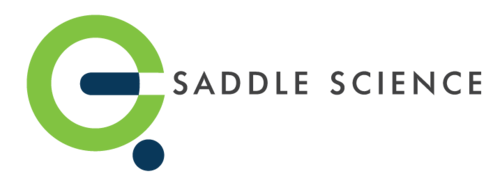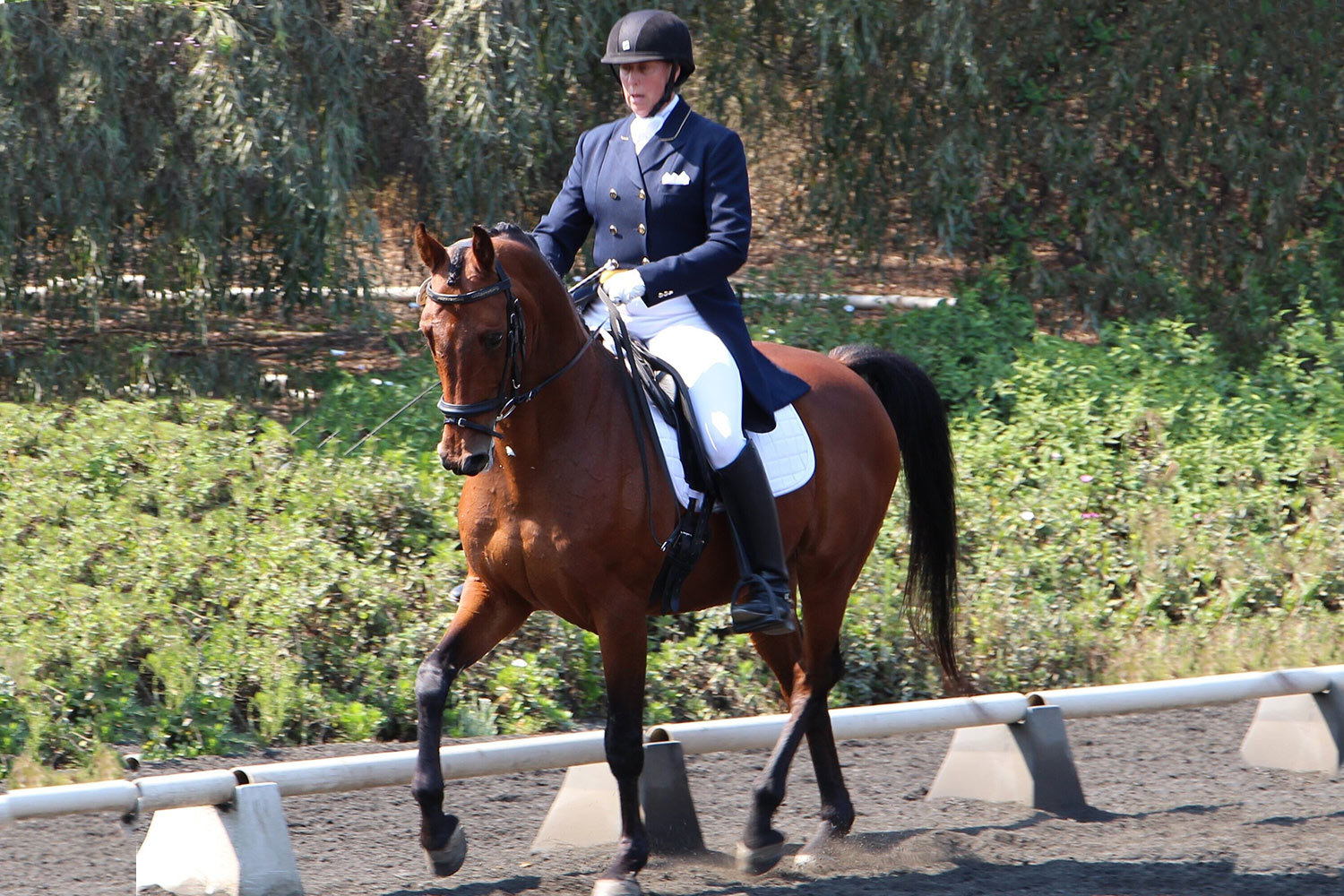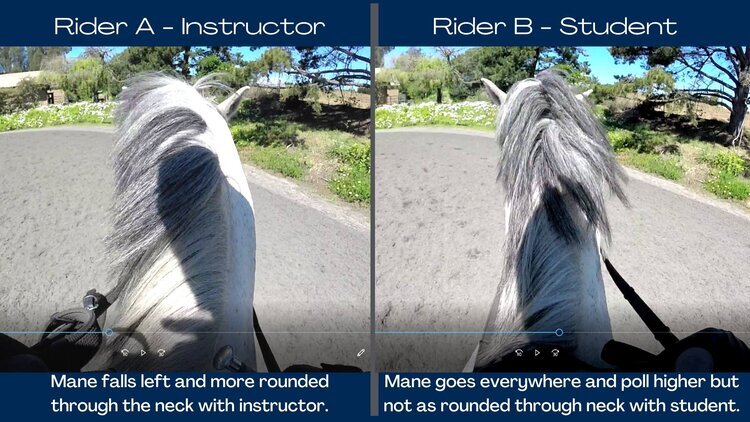TECH IN TRAINING - USING GOPRO AS A TRAINING TOOL BY ANNE HOWARD
EQ Ambassador Anne Howard, the respected Owner/Trainer of American Sporthorse, USDF Gold Medalist, and “R” Judge, will take us through using technology to make classical riding concepts clearer between instructor and student. In this blog series, she shares her Tech in Training Techniques. The EQ Community Spotlight Series highlights our community members and their perspectives on the many aspects of life with horses.
Anne Howard and Rondo MNDS 2016 credit photo Kate Colby.
Anne Howard, Owner/Trainer of American Sporthorse, USDF Medalist and “R” Judge. American Sporthorse is located in Watsonville, CA
GoPro In Person
Anne takes us on her exploration of using technology in lesson instruction.
“These are unusual times we are riding through. Absent a normal showing season and many of the normal clinic education events, I've been playing with some technologies in different ways to augment my teaching and coaching. I thought I'd share in a series of blogs some of the tools I'm using in teaching to help riders find the right concept on which to focus. In my current student population, I have several amateurs working into FEI levels for the first time, as well as many more novice dressage and event riders working on fundamentals of Training and First level work.
One of the hardest things to teach in dressage is the feel - the shape of the horse's back/neck/posture when it's really in the right place. Most have had that moment in a lesson when the magic kicks in and you get a "yes, that's it" from the instructor; sometimes it's an "aha!" moment for the rider, but sometimes it's a "really? This?" sort of moment. And, even when the rider has the "aha!", is the rider appreciating the right part of the picture to be impressed by? Did the instructor mean the whole picture or was it an achievement in part of the horse but not the whole of the presentation? As humans we are very visually focused and when riding both the head and neck of the horse are directly in our line of sight. This can make many riders focus on the shape of the neck as their main feedback system which can leave 60-70% of the horse unappreciated.
Redirecting the rider's focus to the alignment of the whole horse is key, and then to realize that their body will affect the horse in some way (positive or negative) they can start to address their own impact on the horse. The realm of rider biomechanics is focused on that interface, and there are many books, webinars, DVDs, and such by Mary Wanless that I would direct you to for further reading on that topic.
My focus here is to look at technologies that help the rider and teacher arrive on the right goal to work on.
My late mother, Sandy Howard (several time USET dressage team rider, judge and biomechanics pioneer), and I would marvel that as close as we were, riding together and having years of close coaching and interaction, we would often realize that we were not very well aligned on what the right goal was when we got down to real specifics. Another interesting conversation you can have with fellow riders is what their focus point is when riding, what part of the visual field do they pay most close attention to? You will find even between elite riders that the focus can be quite disparate. One will focus on the inner curve of the neck, another will really pay attention to how the bit sits in the mouth, others look at the shape of the whole crest, and others attend to the placement and look of the rein, and someone else will be into the levelness of the ears. Are any of these incorrect? Not at all - but the most comprehensive look will get you more information.
One of my students comes from a western riding background. She has been exclusively dressage for many years now and has done quite well in state-level competitions as she's brought her young mare up the levels. As we are approaching the FEI levels it becomes clear to me that getting the right feel for collection is one of the real goals I, as the instructor, need to impart to this student. For a long time, every lesson was about getting the right balance for collection, and when on her own, it was clear her comfort level was with a different balance point (more forward, longer frame).
Riding her horse and then having her climb aboard was helping, but the feedback from my trainer friends was "the horse looks so much different when you are on compared to the owner - I don't think you really appreciate the degree." So, the video needed to be brought in to look at things. And then I realized we have some technologies here that could really help.
The experiment ... GoPro Camera on the move!
Go Pro is a video system that mounts on the athlete to give a first-person video perspective. Refer to below photo to see how the GoPro is mounted on the rider. We have all probably seen some hair raising videos of skiers, hang gliders and cyclists doing things from that first person perspective. I've even recently seen cross country rounds from the helmet cam of some amazing riders. Now how to use it to improve the conversation on collection?
Sequenced Comparisons
Well. Wow. So much information was gotten with this experiment! For starters, simply looking at how differently Rider A vs Rider B use their reins and hands!! Looking at the posture of the horse under A vs B. The shape of the neck was quite different, the bend and connection could be compared as well. The timing of the rein aids. The shape of the mane and how it fell on the neck was different under A vs B. The side view compared in similar moments was helpful as well
Interestingly - it's critical to have the instructor and the student sit together and have a computer lesson to review. When I sent the video files for home assessment, thinking the student would take in the wealth of comparative information that I did, I was a bit deflated. The differences were not as appreciated due to the "what do you attend to" discussion before. It really put those differences into stark relief and allowed me to more clearly define what the student needed to attend to - as in *this 4 inch square of neck* is the goal.
“I’m sure there are more ways this tool can be used, but I thought to share this method as we all work towards better clarification of the goal and how to achieve it!””



